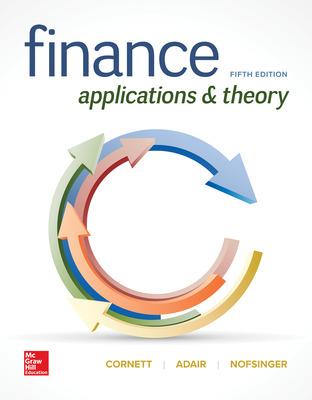


Suppose that a population can be divided into two parts: those who have a given disease and can infect others and those who do not have it but are susceptible. Let u be the proportion of susceptible individuals and y the proportion of infectious individuals. Then, x +y=1. Assume that the disease spreads by contact between sick and well members of the population and that the rate of spread is proportional to the number of such contacts. In addition, assume the members of both groups can move freely among one another so that the number of contacts is proportional to the product of r and y. Then, since r=1-y, we obtain the initial value problem dy ay(1 - y), y(0) = yo, dt where a is a positive proportionality factor, and yo is the initial proportion of infec- tious individuals. 8/26 29 43 288 Date Time (t) Total Cases (n) Prop. of Pop. (y = n/N) 8/25 0 2 1 13 8/27 2 8/28 3 8/29 4 82 8/30 5 172 8/31 6 9/01 7 326 9/02 8 463 9/03 9 505 9/04 10 599 9/05 11 621 9/06 12 638 9/07 13 647 9/08 14 9/09 15 658 9/10 16 9/11 17 667 9/12 18 668 9/13 19 669 9/15 20 672 9/16 21 675 9/17 22 676 9/18 23 679 9/22 24 680 650 663 5. Suppose that the Department of Health estimates that a = .817 for the outbreak. a) Find the value of yo and write a formula for y(t) that depends on t alone. b) Use graphing software to plot the data from the Proportion of Population col- umn from Problem 1 and the graph of y(t) on the same axes. Compare and contrast the two graphs. c) What is the maximum rate of spread and when did it occur? Suppose that a population can be divided into two parts: those who have a given disease and can infect others and those who do not have it but are susceptible. Let u be the proportion of susceptible individuals and y the proportion of infectious individuals. Then, x +y=1. Assume that the disease spreads by contact between sick and well members of the population and that the rate of spread is proportional to the number of such contacts. In addition, assume the members of both groups can move freely among one another so that the number of contacts is proportional to the product of r and y. Then, since r=1-y, we obtain the initial value problem dy ay(1 - y), y(0) = yo, dt where a is a positive proportionality factor, and yo is the initial proportion of infec- tious individuals. 8/26 29 43 288 Date Time (t) Total Cases (n) Prop. of Pop. (y = n/N) 8/25 0 2 1 13 8/27 2 8/28 3 8/29 4 82 8/30 5 172 8/31 6 9/01 7 326 9/02 8 463 9/03 9 505 9/04 10 599 9/05 11 621 9/06 12 638 9/07 13 647 9/08 14 9/09 15 658 9/10 16 9/11 17 667 9/12 18 668 9/13 19 669 9/15 20 672 9/16 21 675 9/17 22 676 9/18 23 679 9/22 24 680 650 663 5. Suppose that the Department of Health estimates that a = .817 for the outbreak. a) Find the value of yo and write a formula for y(t) that depends on t alone. b) Use graphing software to plot the data from the Proportion of Population col- umn from Problem 1 and the graph of y(t) on the same axes. Compare and contrast the two graphs. c) What is the maximum rate of spread and when did it occur









